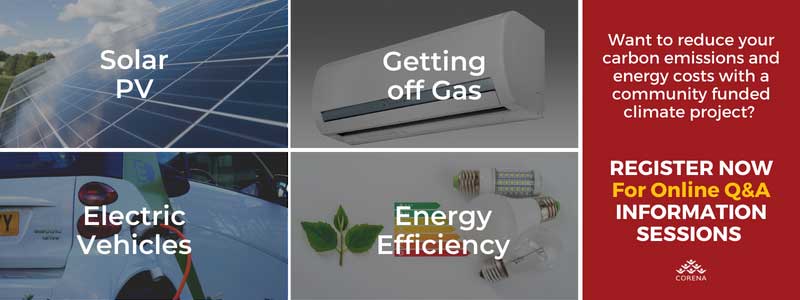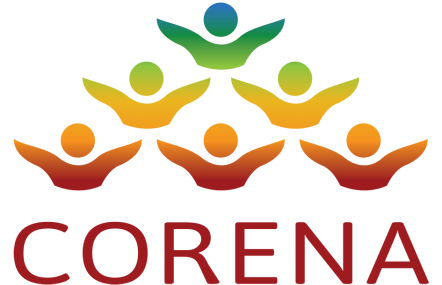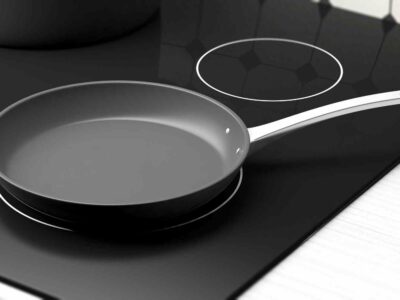Induction stovetops, or cooktops as they are often called, are a special sort of electric cooking device that heat food using induction technology. They are more energy efficient and environmentally friendly than gas-powered and conventional electric stovetops. As a result, they’re a good way to help your not for profit, charity, community organisation or social enterprise get off gas, reduce carbon emissions, and save on energy costs.
CORENA works with a wide range of non profits, providing technical advice and interest-free loans to fund induction stovetops, solar panels and other energy efficiency initiatives and projects. We’ve put together this induction stovetops guide so that you can get a clearer idea of how they work, their amazing benefits, and how you can purchase them and not be out of pocket.
What are induction stovetops and how do they work?
Induction stovetops are a super efficient electric form of cooking that requires magnetic cookware. When a suitable cooking pot is placed directly on top of an induction stovetop, the magnetic field produced by the device penetrates the metal of the pot heating the pot and your food.
Consumer Reports show induction cooktops and ranges offer much faster cooking speeds and better energy efficiency on average than other cooktops. Gas and resistive electric appliances transfer heat from a flame or element to a pan and then to the food, induction cooking heats the pan directly. This means very little heat energy is lost during the process and you heat your cookware without heating the whole kitchen.

Benefits of Induction Stovetops
Numerous tests have compared induction cooking with more traditional forms. If you use induction cooking, then 85-90% of the heat created is used in the cooking. In comparison, with a gas stove, the corresponding figure is 30% and for standard electric cooktops, there is only 65-70% of the heat used for cooking.
Induction stovetops are much more energy-efficient and can help to significantly reduce carbon emissions and energy costs.

In addition, some other handy benefits and safety features include:
- With some models you can set timers – so you don’t need to stand at stovetop waiting
- They’re way easier to clean – a simple wipe is often all that’s needed
- The surface doesn’t get as hot as other cooktops reducing the risk of burns
- Waste heat doesn’t escape to the room
- You can be super precise with the heat you want
- Keep warm mode – without overcooking or burning
- No naked flame which reduces the risk of fire
What’s more, conventional electric elements can take quite a long time to heat up and cool. Gas stovetops, in addition to their carbon emissions, are known to leak hazardous gases such as methane, even when switched off!
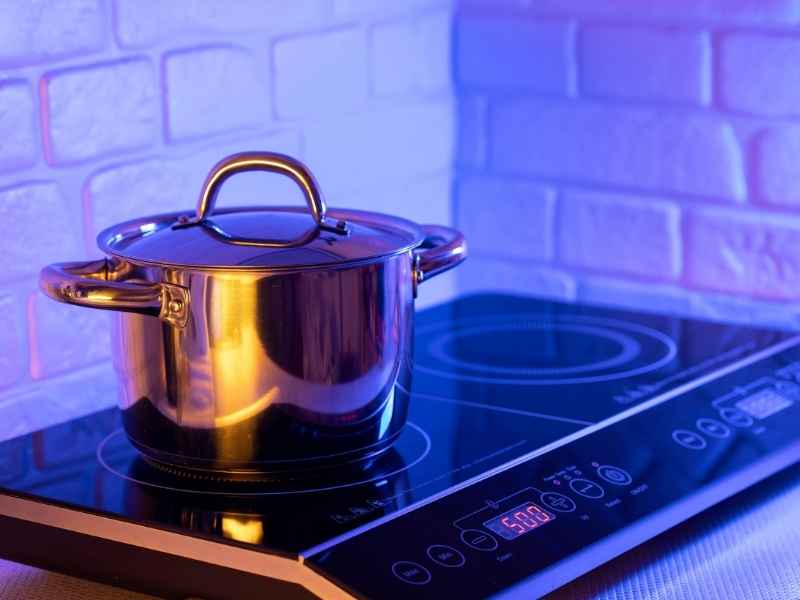
A note on Pacemakers and induction cooktops – From the Buildings Plan published by Beyond Zero Emissions: Studies have shown that, unless the pacemaker is brought to within approximately 35cm of an in-use induction cooktop, there is no magnetic interference and maintenance of a distance of more than 50cm is recommended. People with pacemakers should be aware of this risk and may choose radiant heat electric cooktops instead. References:
– Werner I and Bernstein AD, “Do induction cooktops interfere with cardiac pacemakers?,” ‘Europace’ 15, 3, 2006: p377-384.110.
– Hirose M, et al, “Electromagnetic Interference of ImplanTable Unipolar Cardiac Pacemakers by an Induction Oven,” ‘PACE’ 28, 6, 2005: p540-548
Induction Cookware
For pots and pans to be suitable for induction cooktops it must contain what are called ferromagnetic materials.
This means that it contains iron or has a layer with magnetic properties.
How do you tell if cookware is appropriate?
Have a look at the bottom of it.
Induction cookware has a symbol resembling four loops of wire, or perhaps, there is an inscription that says ‘Induction Ready’.
Here is the symbol.
You can test cookware by putting a little magnet on its base. If the magnet sticks, then the cookware can be used with an induction cooktop.
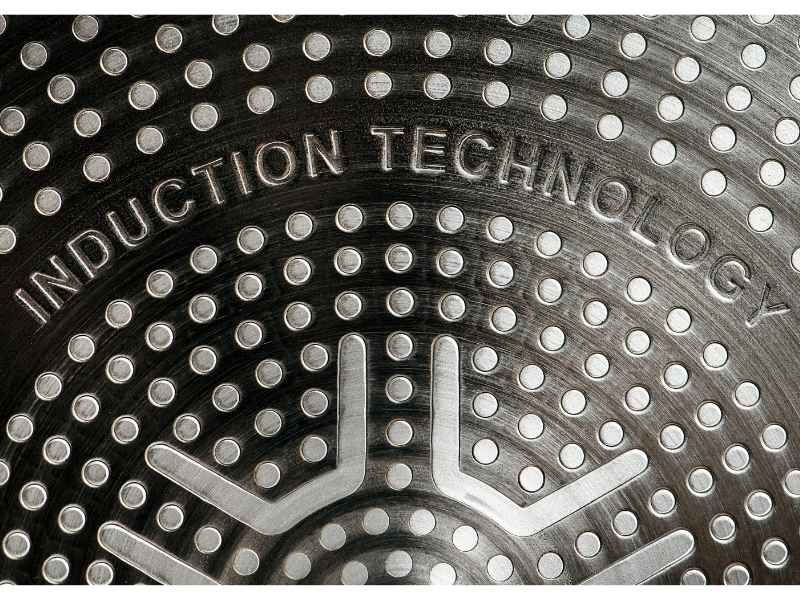
Cookware made of all types of cast iron is generally ok. As steel is magnetic, most sorts of stainless-steel cookware are suitable for induction cooking. However, be careful about stainless steel as some types of it are not induction compatible. Problems arise because stainless steel can include metals, such as nickel. If in too large a quantity, nickel hinders the magnetic field.
Aluminium, all-copper, or glass cookware have to have a layer on the bottom with magnetic properties. Given the increasing popularity of induction cooking, many manufacturers add a magnetic layer to the bottom of such pans, but older, non-magnetic cookware won’t work.
Applications for induction cook tops in non profits
Many non profits operate commercial kitchens such as food rescue organisations, aged care facilities and residential colleges. Aside from the carbon and cost savings, induction cooktops offer many benefits in a commercial setting, namely improved staff safety and comfort.
Like any new technology it can take time for staff to get used to the change. Testing out the technology with a portable plug in induction cooktop first can be a great way to allow staff to get used to induction cooktops without completely replacing hardwired appliances straight away. CORENA is able to assist in working through any practical issues you have with implementing your project.

Induction Stovetop Funding For Non Profit Organisations
If you need up front capital to replace old, inefficient or gas appliances with induction stovetops apply for an interest free loan with CORENA. We receive donations from the community and use that money to fund projects that benefit the planet including:
- Induction Stovetops
- Solar Panels
- Energy Efficiency
- Getting Off Gas – Replacement of fossil gas appliances with electric alternatives
- Electric Vehicles
- A combination of the above
CORENA has a special fund for “Getting off fossil gas projects” and would love to hear from organisations seeking to trial induction cooktops.
We can also help you develop a business case for the upgrade by working out your carbon and cost savings as well as other technical advice.
Learn more in 5 Ways CORENA Helps Non Profits Reduce Carbon Emissions & Energy Costs or register for one of our upcoming Online Q&A Information Sessions.
